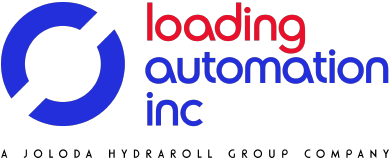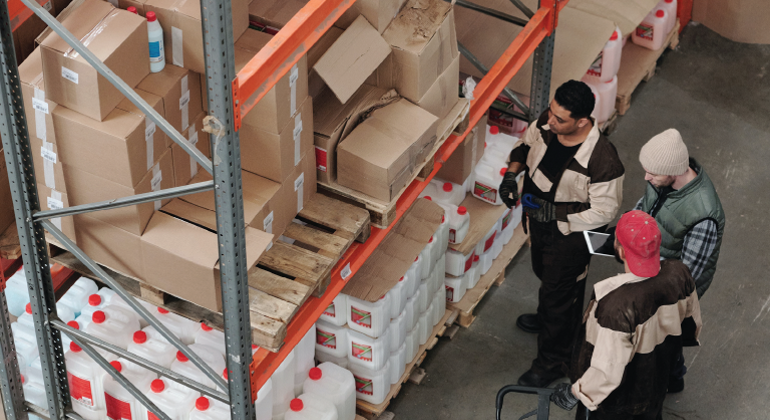When it comes to defining ‘operational efficiency’ in logistics, some might express it as the business’s capability to deliver products or services to their customers as quickly as possible without compromising on quality. Operations should run smoothly. Workflows should be free of errors, and costs shouldn’t go up due to delays or the need to rework. It’s all about doing things right.
Below we’ll look at how to ensure operational efficiency and effectiveness, how to achieve greater operational efficiency in your logistics and the importance of doing this. We’ll also discuss some of our own loading solutions, which can help you get your cargo out onto the road faster or to get it from your trailers into your storage area more swiftly.
Book a FREE Loading Assessment
Learn how to make the loading process safer and more efficient with a no-obligation assessment...
BOOK NOW


